SWITCH TO YAHWEH CARE
Providing care and holistic approach to NDIS participants aiming to create opportunities for you to live your best life.
Contact UsDisability barriers are obstacles that limit or prevent full participation in everyday life. Indeed, they can affect how you move, work, learn, communicate, or be part of the community. These barriers don’t come from the disability itself. They come from the way society is built.
According to the World Health Organization (WHO), disability isn’t rare. Thus, millions of people live with physical, sensory, developmental disabilities, mental health, or cognitive impairments. Yet, society still puts up multiple barriers that make life harder than it needs to be.
So, if you don’t live with a disability, you might not notice these obstacles. But if you do, you know how frustrating—and sometimes exhausting—they can be.
Moreover, understanding these common barriers is the first step to breaking them down.
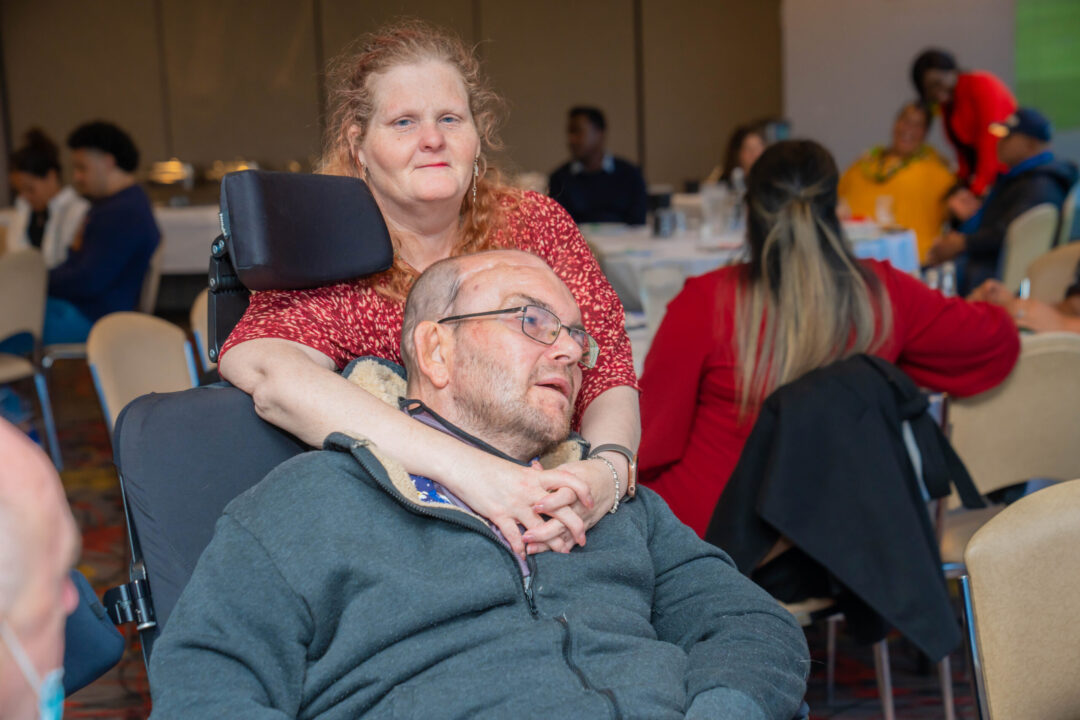
Clearly, barriers take different forms. While some are easy to spot, others are hidden in attitudes or systems. So with that, it impacts the person’s ability and social responsibility. Here’s what disability barriers look like.
These are the most obvious ones, as most of these limit functioning. So, if you use a wheelchair or walker, these features can shut you out. Therefore, physical barriers somehow convey that a particular space is not made for you and often require you to use accessible equipment. Usually, with that, you may expect the following struggles:
People with disability struggle with obstacles that limit or prevent them from accessing reliable and efficient means of travel. Though this may seem manageable, the lack of public transit, or even poor infrastructure, makes it very difficult for them to access essential services like healthcare, education, and employment.
Obviously, not everyone communicates the same way. But most systems are built around reading, hearing, and speech. Nonetheless, if you’re deaf, blind, or have a learning disability, these barriers can keep you from getting information or expressing yourself. Communication barriers can include:
These are the hardest to see but the most harmful. They come from the assumptions people make. In addition, these negative attitudes lower expectations, limit opportunities, and create emotional harm. As a result, they reduce your identity to your disability. Furthermore, you might hear things like:
Systemic barriers from government policies can be a lifetime issue for people with disability. These barriers are deeply embedded in societal systems and usually affect education, employment, and healthcare. It makes it difficult for disabled individuals to access opportunities, resources, and equitable treatment. Some of these include:
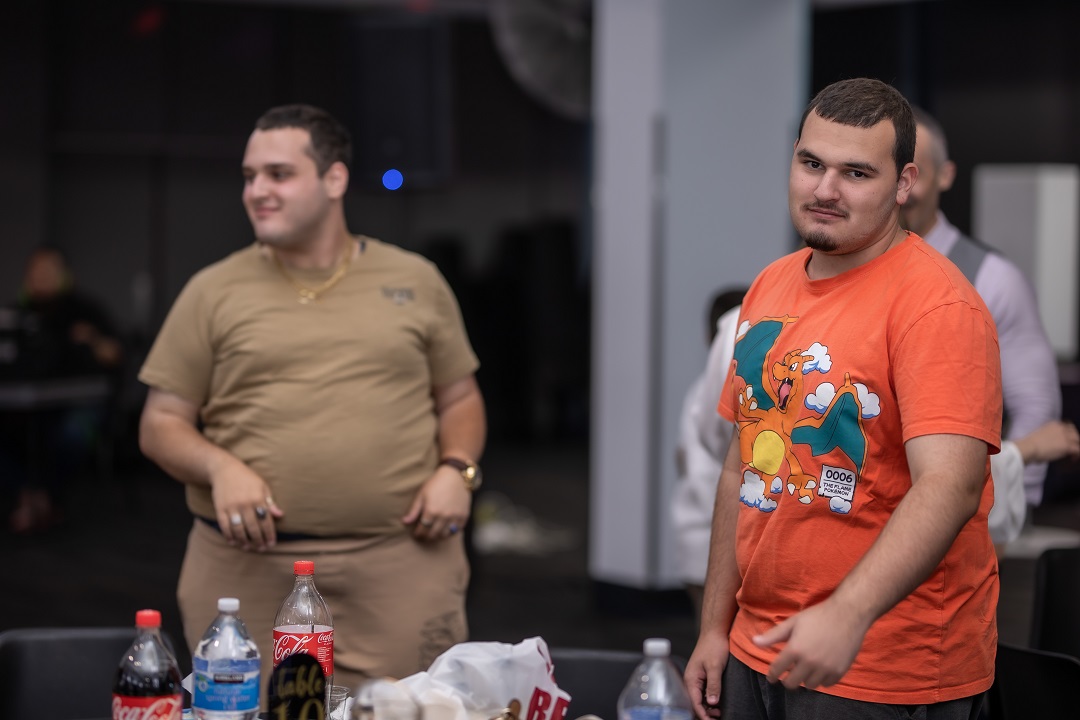
Disability barriers are not just inconveniences. To illustrate, these can create a real-world impact in many circumstances as they shape someone’s life. With these barriers, you may:
These obstacles build up. They can lead to poverty, a worse health condition, and a lack of disease control, and exclusion from public life.
Most other barriers exist because society was built without disabled people in mind. Buildings, systems, and services are often designed for the “average” person who walks, sees, hears, reads easily, and communicates verbally.
That default thinking creates gaps. And once those frequently related gaps exist, people overlook them unless they affect them personally.
If you want a more inclusive society, you must start noticing these programmatic barriers—and speaking up. Here’s how:
In this case, start with your daily physical environment. An this occasion, ask yourself if your workplace is physically accessible or the events you attend include all communication needs. If the answer is no, then bring it up. In any case, you don’t need to be an expert in what’s happening around you. Thus, all you have to do is be aware.
Use clear, plain language. Add captions or transcripts to videos. If you’re hosting a meeting or event, ask what accommodations people need. Inclusive communication benefits everyone. It’s not just for disabled people—it’s for anyone who struggles with complex information, background noise, or a fast pace.
Notice how people talk about disability. If someone uses patronizing language, say something. Don’t describe someone as “suffering from” a disability unless that’s how they describe it. Listen to disabled people’s voices. Let them tell their own stories on their terms.
Support businesses, schools, and organizations that prioritize accessibility. You can also give feedback when things aren’t working. So, if you’re in a position to design something—whether it’s a website, product, or space—build accessibility in from the start and as an afterthought.
Making society accessible isn’t a favor. It’s a human right.
Disabled people can access the same services, spaces, and opportunities as everyone else. The law supports this in many countries. But laws only go so far because they need immediate action behind them. That means:
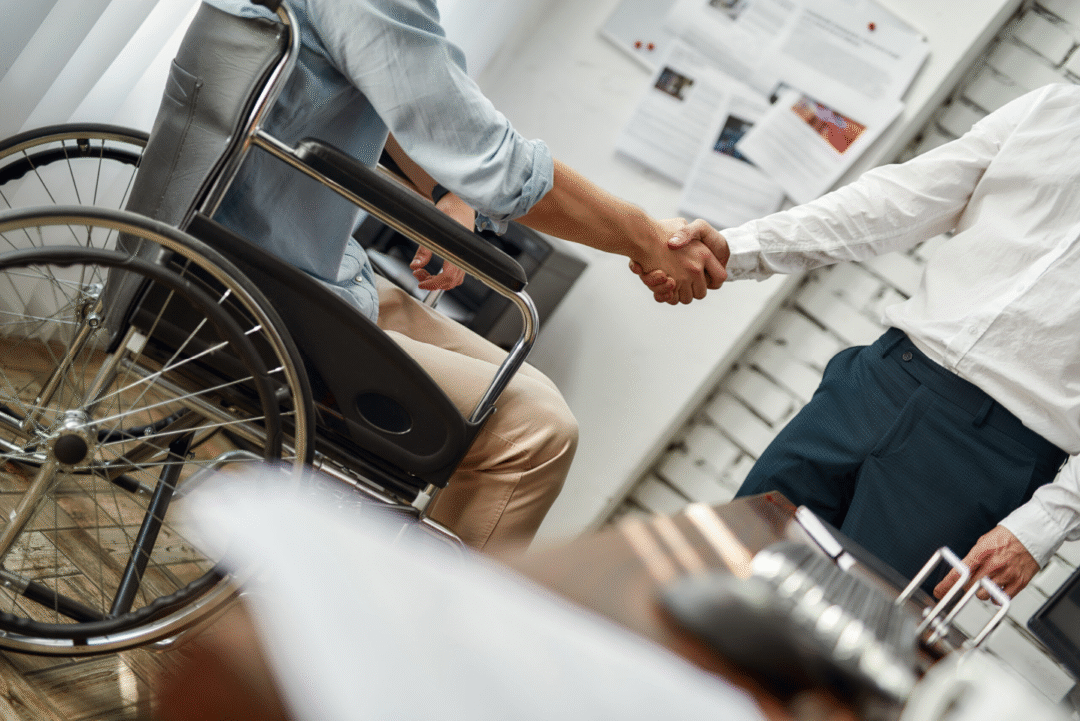
Assistive technology is vital in overcoming disability barriers by providing tools that enhance communication, mobility, and daily functioning. These technologies (such as screen readers and adaptive devices to mobility impairment aids or vision and hearing impairments) empower individuals to live independent lives and create disability access to educational advancement, work, and daily life opportunities. In any case, relevant assistive technology helps create a more inclusive and equitable society by improving accessibility
Good examples:
Bad examples:
Tech must be designed with accessibility in mind. Otherwise, it just creates new problems.
You don’t need to fix everything at once. Start by noticing. Speak up. Make one thing more accessible than it was yesterday.
Barriers don’t come down on their own. But with enough voices—especially yours—they can.
The more you learn and act, the closer you reach a society where disability isn’t a disadvantage. It’s just another part of being human.
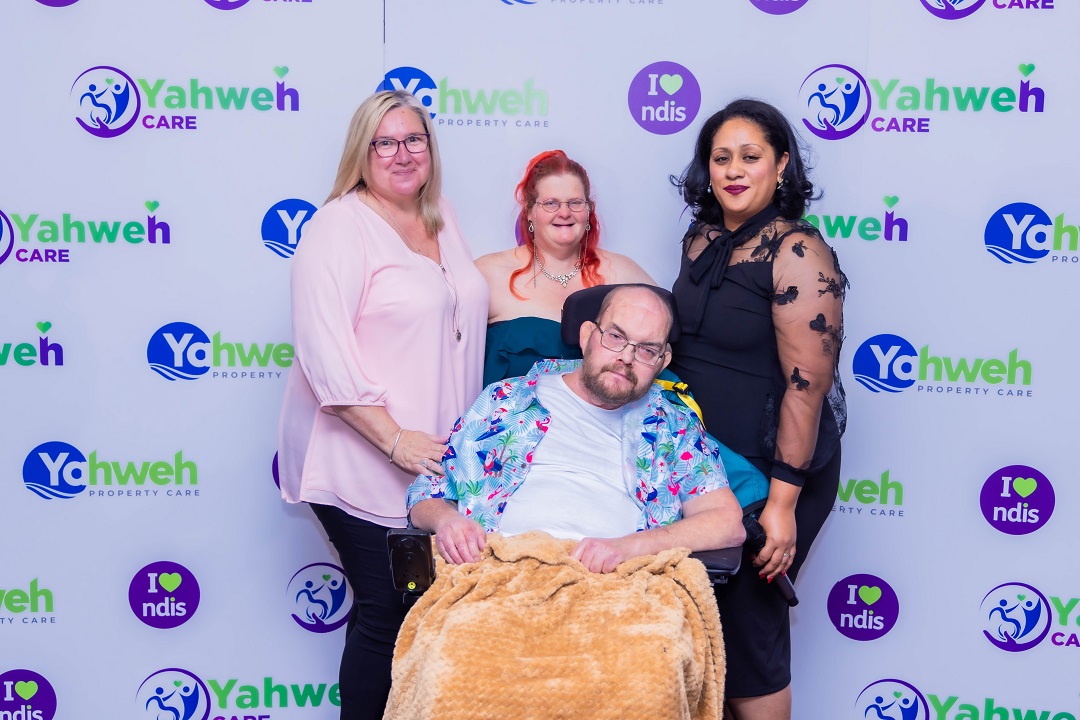
The National Disability Strategy and Implementation Plan (NDSI) helps by setting clear goals to remove barriers and promote inclusion for people with disabilities. Consequently, it ensures the inclusion of people with disabilities’ voices in decision-making.
In addition, the NDSI also guides governments, workplaces, businesses, and communities to make services and public spaces more accessible.
Seek professional help from Yahweh Care to help break down daily barriers for people with disabilities and learn how to address challenges accordingly. Similarly, their goals align with NDSI, and they provide personalized, inclusive services.
As a registered NDIS provider, they offer tailored support, from in-home care to independent living. They also empower individuals to participate fully in their communities and support their independent and full lives.
Send a message and get a free consultation today.
Providing care and holistic approach to NDIS participants aiming to create opportunities for you to live your best life.
Contact Us


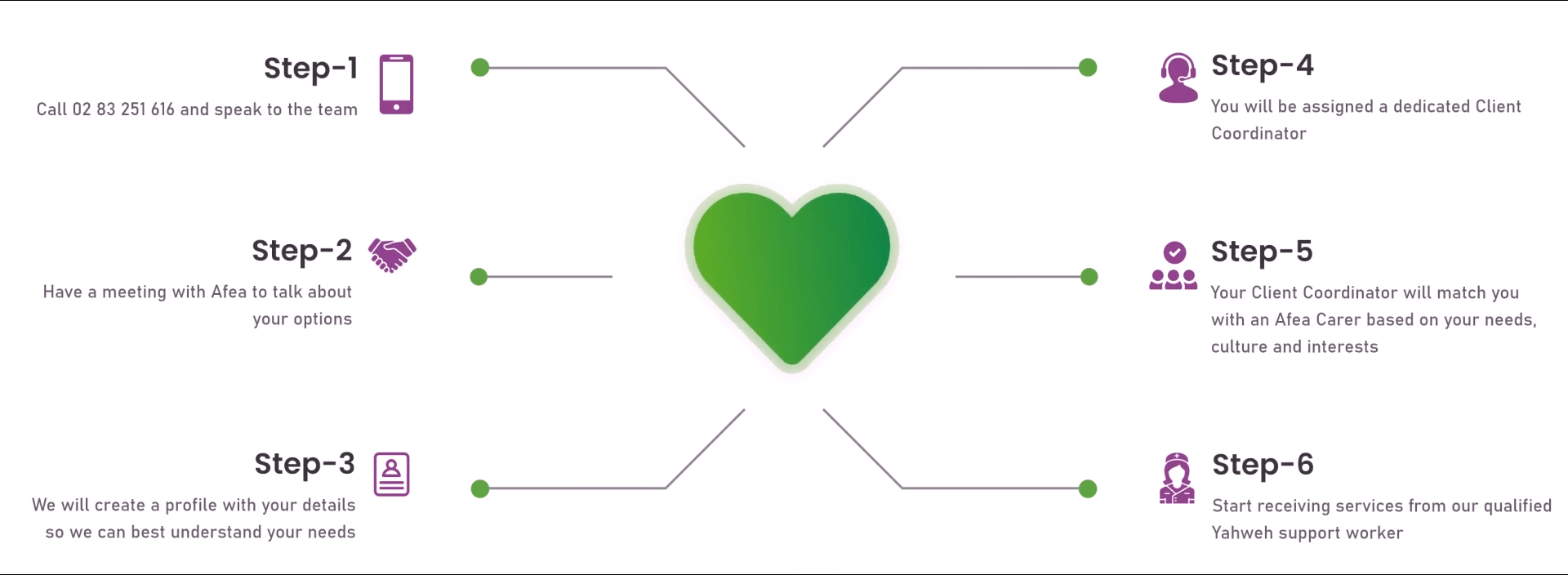
| Mon | Tue | Wed | Thu | Fri | Sat | Sun |
|---|---|---|---|---|---|---|
26 | 27 | 28 | 29 | 30 | 31 | 1 |
2 | 3 | 4 | 5 | 6 | 7 | 8 |
9 | 10 | 11 | 12 | 13 | 14 | 15 |
16 | 17 | 18 | 19 | 20 | 21 | 22 |
23 | 24 | 25 | 26 | 27 | 28 | 29 |
30 | 1 | 2 | 3 | 4 | 5 | 6 |
| Mon | Tue | Wed | Thu | Fri | Sat | Sun |
|---|---|---|---|---|---|---|
26 | 27 | 28 | 29 | 30 | 31 | 1 |
2 | 3 | 4 | 5 | 6 | 7 | 8 |
9 | 10 | 11 | 12 | 13 | 14 | 15 |
16 | 17 | 18 | 19 | 20 | 21 | 22 |
23 | 24 | 25 | 26 | 27 | 28 | 29 |
30 | 1 | 2 | 3 | 4 | 5 | 6 |
| Mon | Tue | Wed | Thu | Fri | Sat | Sun |
|---|---|---|---|---|---|---|
26 | 27 | 28 | 29 | 30 | 31 | 1 |
2 | 3 | 4 | 5 | 6 | 7 | 8 |
9 | 10 | 11 | 12 | 13 | 14 | 15 |
16 | 17 | 18 | 19 | 20 | 21 | 22 |
23 | 24 | 25 | 26 | 27 | 28 | 29 |
30 | 1 | 2 | 3 | 4 | 5 | 6 |